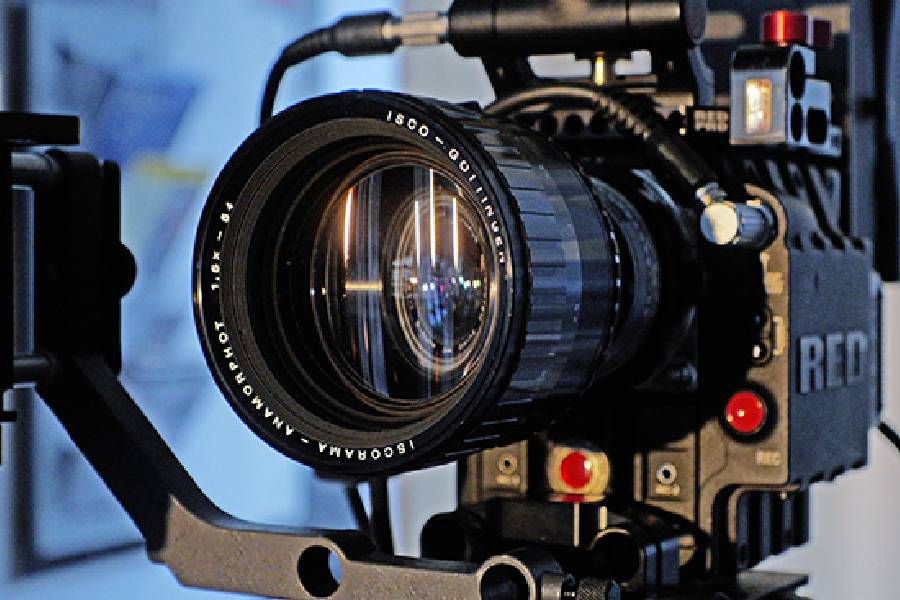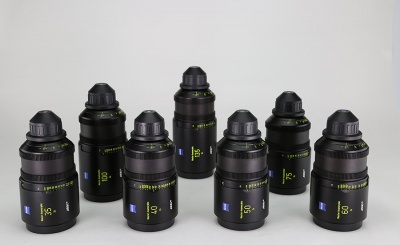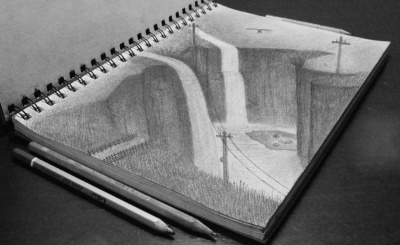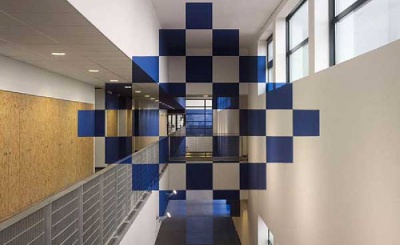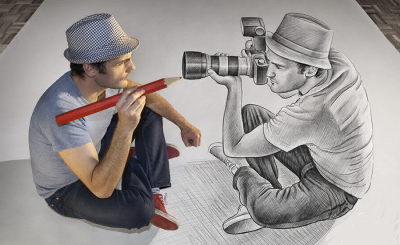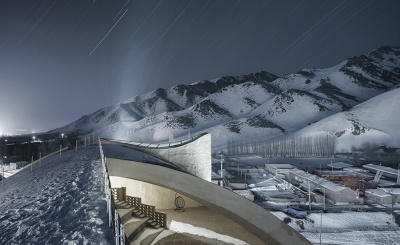All professional photographers can broaden their horizons, figuratively as well as literally, with the help of anamorphic lenses. If you plan to make high-quality videos, even then anamorphic lenses can come in handy. The field of view or FOV of your pictures and videos can be made substantially broader when you start using anamorphic lenses to create artistic variety in your work. The best thing about such lenses is that you can impart a substantial portion of horizontal imagery in your pictures without compromising on the size of images at any point.
Another Arrow to your Arsenal to Improve your Photography Skills
Mastering the use of anamorphic lenses requires effort
Images clicked on DSLRs with the anamorphic lenses need a lot of editing afterward, but the results are always brilliant. You will have to use the anamorphic lenses to click pictures that take up a lot of vertical space while covering considerable horizontal imagery.
Get rid of all the limitations of your equipment
In a 35 mm image, you might find it hard to cover the desired portion of the scenery sideways. So, you can use this tactic to squeeze the requisite width by increasing the length of the photo. And when you are editing the 35 mm picture, you will have to get rid of this ‘squeezing’ effect with the use of different lenses. The result will be magnificent because you will be able to cover a lot of flat areas on a standard 35 mm camera.
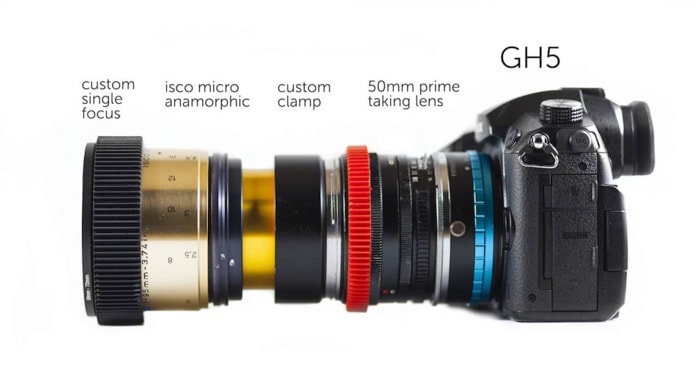
Understand The Concept And Apply
Create a narrow aspect ratio for your pictures
A lot of newbies might find the tasks stated-above quite challenging. Well, it takes time to understand the concept and use it to your advantage. However, it is essential to realize that using anamorphic lenses with the desired power is critical to your cause. Experts of this art will always tell you to use lenses with 1.9 X power. If you use 1.5 X or 1.3 X lenses, then you will not be able to cover significant horizontal portions. So, while you must master the art and science behind it, you must also select the most suitable lenses for the job at all times. Click here to know more about Anamorphic lens used in photography.
Get the prime lens in sync with the anamorphic lens
You must place the anamorphic lens in front of the standard lens of your DSLR. When you are sure that things are in place, you must focus on both of them at the same distance. It is essential that you are careful when you are changing and adjusting their focus. It might take you a lot of time in the beginning, but you can increase your pace with practice. Even when you are an expert, you will take at least thirty minutes to make all the necessary adjustments.
Understand the Science Behind it
The methodology and the effects of anamorphic lenses must be adequately understood if you want to use these tactics to start clicking mind-blowing pictures. The anamorphic lenses can project a compressed picture which a standard spherical lens can’t do. The images are squished concerning the more substantial dimension (usually the width) whereas the size of the smaller proportion remains the same. However, this compression and squishing make sure that a more significant portion of the image is captured horizontally. You will have to remove the compression in the, and the result will be a broader image which your standard lens may not have been able to create.

Are you a history buff?
If you love movies and understand some of their tactics for shooting, then you must have heard about how movie makers use anamorphic lenses. But, were you aware that the CinemaScope lens which was extremely popular from the early fifties till late nineties was an anamorphic lens?
Their obstacles were enormous
You must bear in mind that filling the entire 35 mm space was a very challenging task in that era. The absence of modern technology made things unbearably tricky. The spherical lenses could not utilize more than fifty percent of the entire space available on the 35 mm images, and hence, anamorphic lenses arrived in all their glory. But the use of high-quality anamorphic lens not only prevented wastage of space but also improved the quality of the images.

